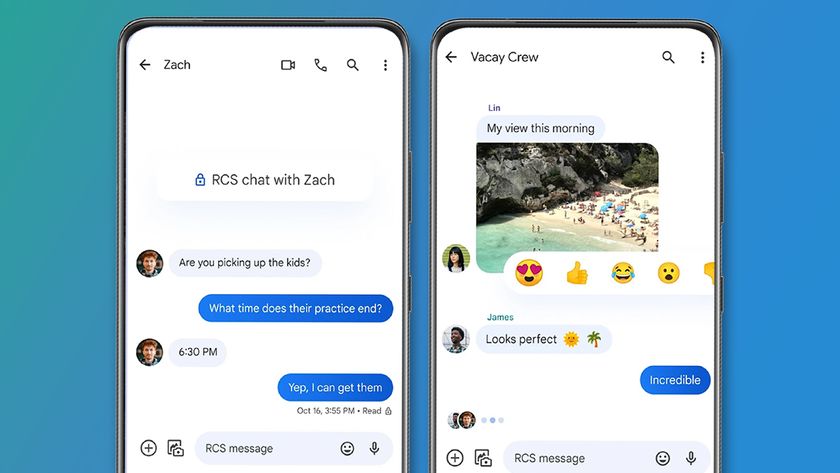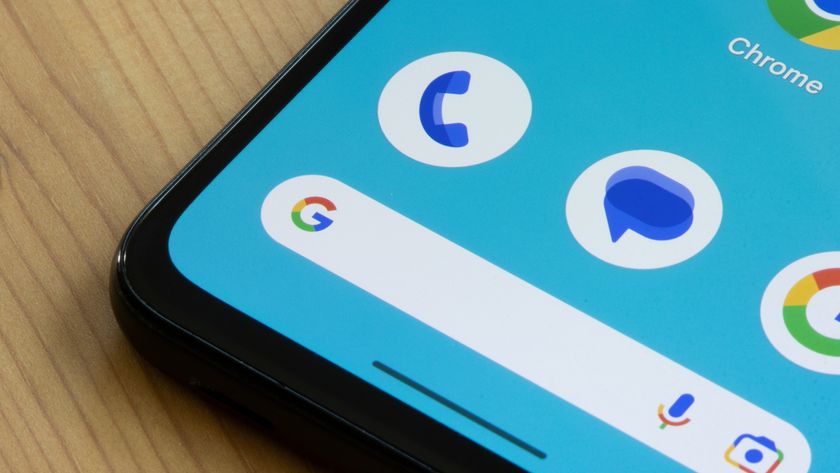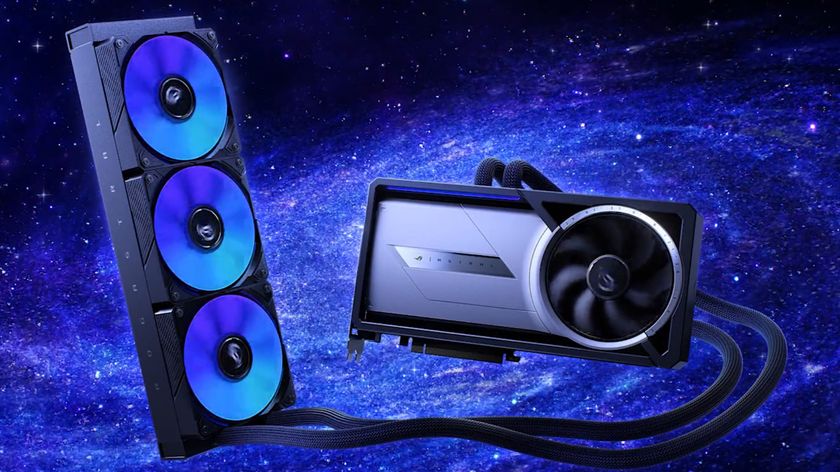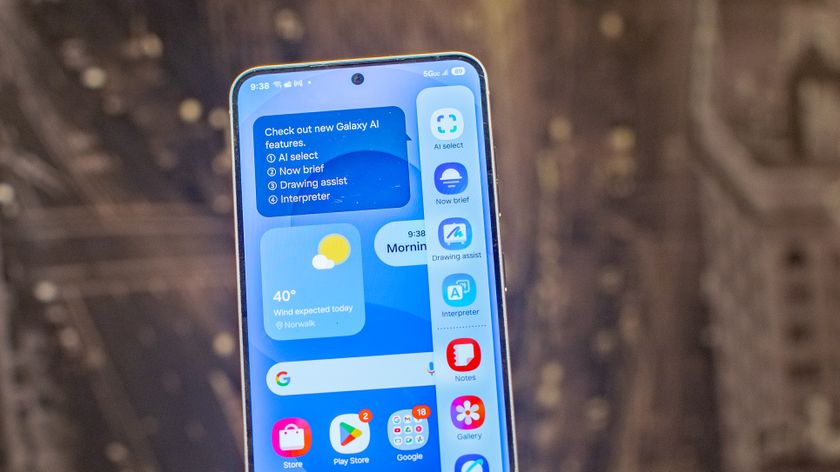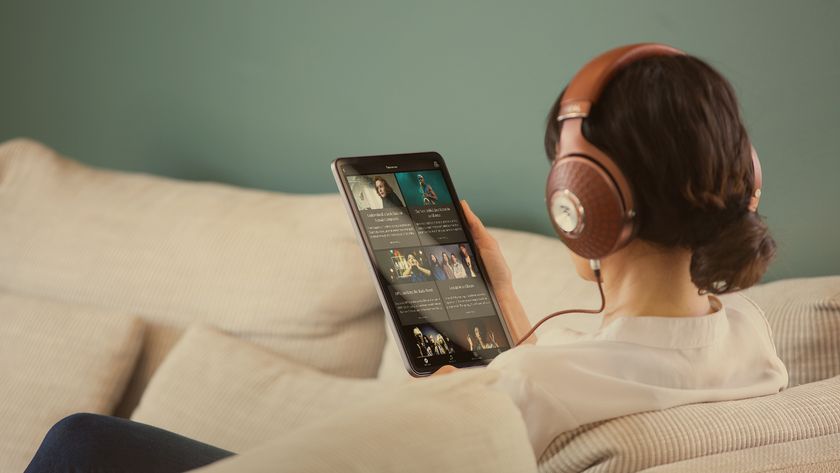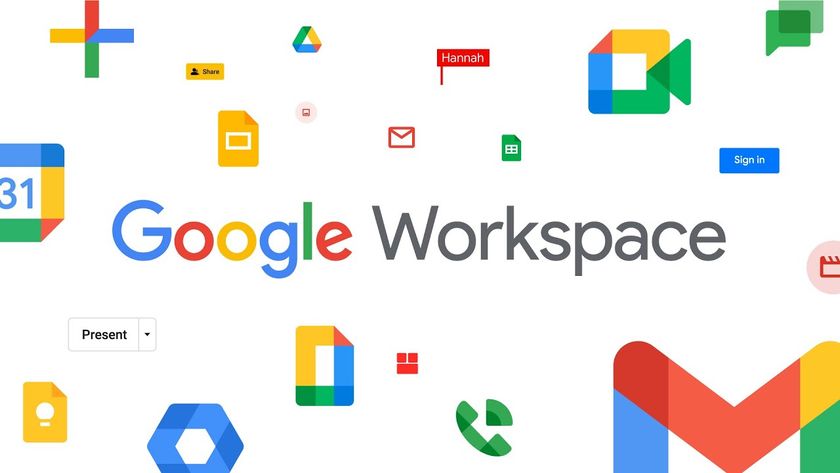Android M vs Android Lollipop: 6 things Android M does better
There's a new Android in town
Charging
Besides making our batteries last longer, Android M is also bringing faster charging with USB-C support, which is a new type of USB connector which, like Apple's Lightning connector, can be plugged in either way round and allows for faster and easier charging. It also lets users charge other devices with their Android phone, which isn't something any of us have asked for, but it's there.

Burke said on stage that it would be "coming to a device near you soon" - that's the biggest hint at the next Nexus yet. Also, because USB Type-C works both ways, you'll get options for what you want to do when you connect a device. No more fumbling in the dark trying to plug in your charging cable the right way round. Google claims devices with USB-C connectors will charge three- to five-times faster than the current microUSB offerings on the market.
Apps permissions
One of the big parts of Android M is a redesigned apps permissions system. Users will be able to approve or deny security permissions, such as camera or location access, on a case-by-case basis. Currently when you install an Android app, you agree to a range of permissions, such as what the app has access to. In Android M, you don't have to agree to things you don't want agree to. Instead, apps will ask permissions when you use a feature, rather than at installation.

This means thata user can grant applications some permissions but not others, and they can manage permissions access after the fact. It also makes it more clear to the user what an application is asking to do.
There are only eight categories of permissions available to apps now, and the apps will ask for them as they're needed. That's different from how Android currently works: users are asked to approve all permissions at once when the app is installed. You'll be able to update the permissions at times other than installation, too, so if you don't want microphone permission, for example, you can cancel it.
More Android M features
Other improvements include changes to how text selection works, and further changes to the not-very-popular alterations to volume controls that were made in Android Lollipop. Google has simplified volume controls once again with the Android M update, with more granular control over the various audio settings on your device from ringtones and alarms to music playback and voice calls.
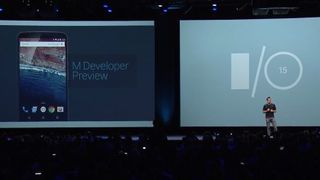
For Android M, Google is also revamping the web browsing experience with its Chrome browser. A new feature called Chrome Custom Tabs lets developers insert webviews directly in their apps, giving them the full power of Chrome without having to force the user to switch apps. Essentially this feature allows applications to have the Chrome browser run atop their app whenever the user clicks on a link. This means that all of a user's autofill data, passwords, and cache are available when they open links within an application.
Get daily insight, inspiration and deals in your inbox
Sign up for breaking news, reviews, opinion, top tech deals, and more.
Android's built-in app linking system (also known as intents) is getting an upgrade, allowing apps to open content directly instead of stopping users with a dialog box everytime. With Android M, app developers can now have the operating system verify that certain types of links are meant to be opened with their app by checking with the web server what those links point to and verifying that it's meant to be opened with that app.
This year's release is accompanied by a preview for developers so they can test their apps and give Google feedback on the changes that they are making to Android. The Android M developer preview will be available today for the Nexus 5, Nexus 6, Nexus 9 and Nexus Player. The public will get its hands on it in Q3 2015.
